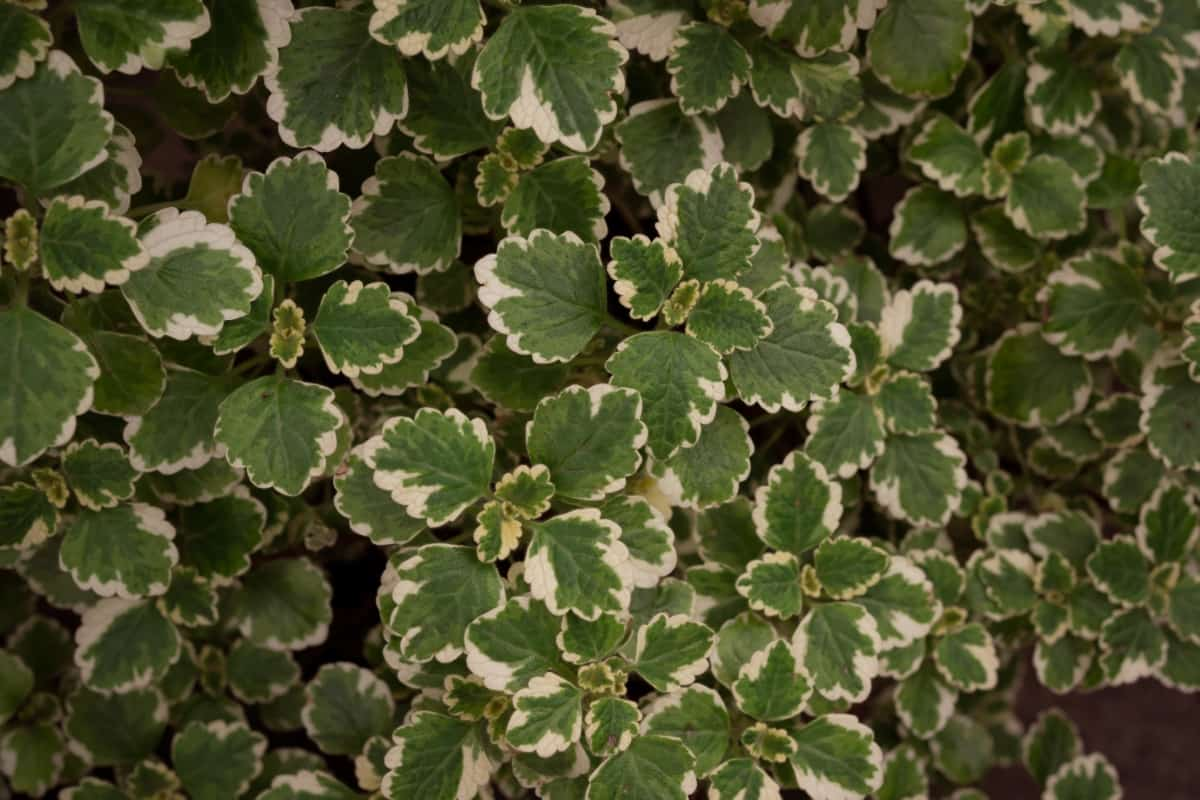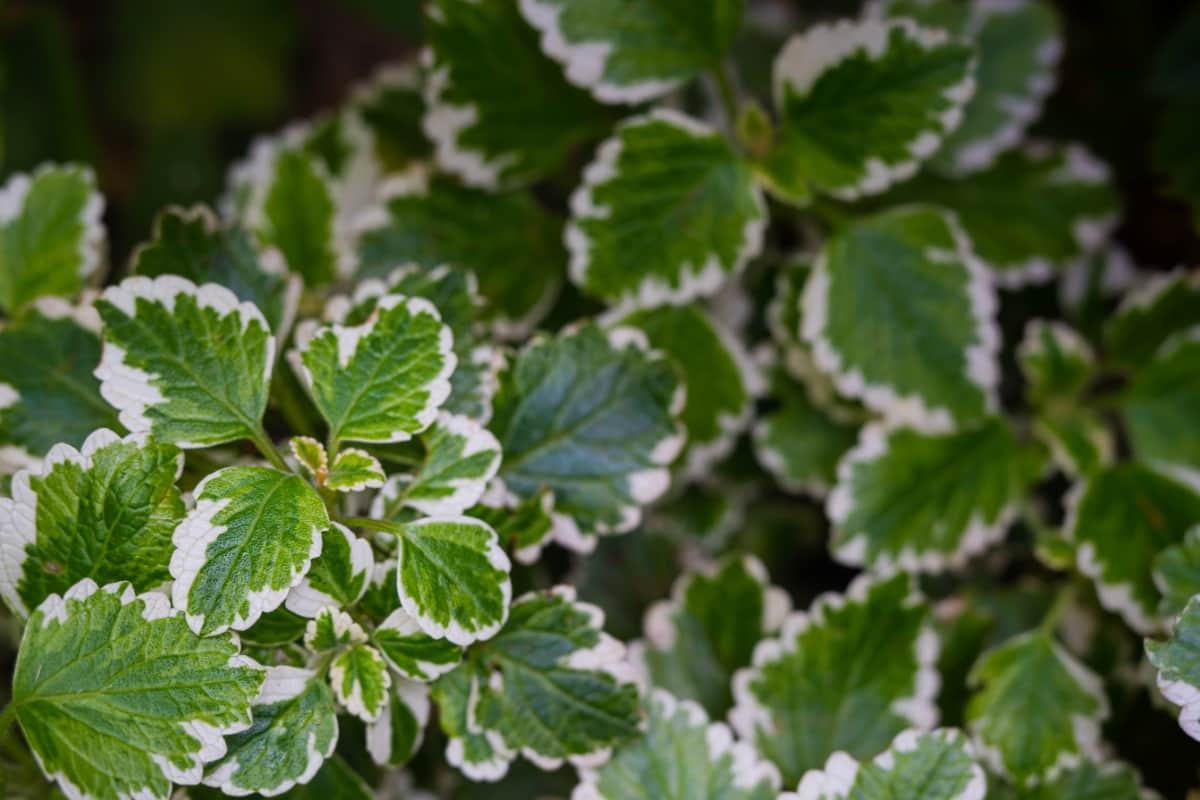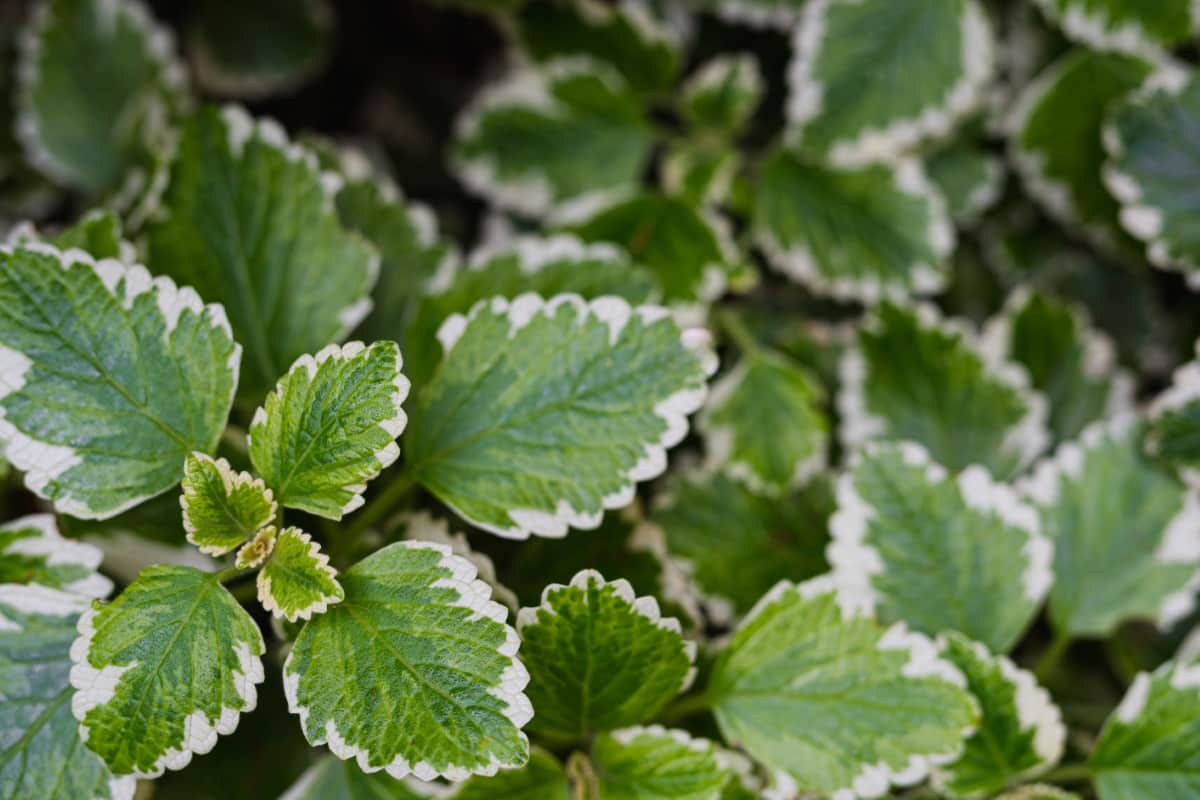Gardening enthusiasts with a penchant for indoor plants often gravitate towards the Swedish Ivy, a fast-growing, cascading plant growing lush green leaves and a profound ability to beautify any indoor setting. While it is relatively simple to care for, ensuring optimal growth and maintaining a healthy Swedish Ivy demands specific knowledge about its unique needs.

The benefits of growing this plant indoors are many; aside from its aesthetics, the plant is excellent at purifying indoor air and increasing humidity, especially in dry indoor environments. This comprehensive guide, aimed at beginners, will provide insights into the light requirements, water requirements, potential problems, and outdoor care considerations associated with Swedish Ivy.
How to Grow and Care for Swedish Ivy
Best Soil and Potting Mix for Growing Swedish Ivy
For ideal growth, Swedish Ivy thrives best in a well-draining potting mix, which provides the plant with a balanced blend of necessary nutrients. An ideal composition for this plant involves a balanced blend of peat moss, perlite, and compost, promoting proper drainage and mitigating the risk of water accumulation, which often causes root rot—a prevalent issue among indoor plants. Always use a pot with drainage holes to ensure excess water can escape. If you choose to grow it outside during summer, one aspect of outdoor care for this plant is to replicate this soil condition in your garden.
Lighting Requirements for Swedish Ivy and How to Provide Optimal Conditions
Lighting is critical for the healthy growth of Swedish Ivy. Ideally, the plant prefers bright, indirect light, although it can tolerate a certain degree of shade. An east or north-facing window is usually an excellent spot for the Swedish Ivy. For best results, don’t put the plant in direct sun. Such exposure may result in leaf scorching, leading to wilting or the emergence of brown patches. Swedish Ivy should be placed in a shaded or partially shaded area for those considering outdoor care during the warmer months.
Watering Schedule and Moisture Preferences for Swedish Ivy
When it comes to water requirements, Swedish Ivy is relatively flexible. However, the general rule of thumb is to thoroughly water the plant when the top inch of soil becomes dry. Excessive watering can result in root rot, a prevalent problem among numerous indoor plants. Insufficient watering can result in leaf dehydration and fragility. The plant enjoys a humid environment, so consider misting it occasionally or placing it near a humidity tray, especially during dry months.
Pruning and Propagating Swedish Ivy for Bushier Growth
Pruning promotes fuller growth and helps maintain the desired form of your Swedish Ivy, making it a valuable practice. Trim off leggy growth or any excessively long vines during the growing season. Propagation is quite easy and an effective way to multiply your plant. Simply cut a few inches of healthy stem, ensuring it has at least one leaf node, and place it in water. Roots will initiate growth within a few weeks, at which point they can be transplanted into a suitable potting mixture.
Preventing and Treating Common Pests and Diseases in Swedish Ivy
Swedish Ivy is a robust plant that occasionally suffers from pests and diseases. Common problems include pests like spider mites, aphids, and mealybugs. Regularly check the undersides of leaves for any signs of these pests. A mild soapy water solution can help treat an infestation. Overwatering can lead to root rot, so proper watering and well-draining soil are essential. Keeping the plant in optimal condition reduces the risk of diseases and pest infestations.
Temperature and Humidity Considerations for Swedish Ivy
Temperature and humidity are two critical factors in the successful cultivation of Swedish Ivy. The plant thrives in a favorable climate characterized by warmth and humidity, with optimal temperatures ranging from 60 to 75 degrees Fahrenheit. Cooler temperatures, especially those below 50 degrees Fahrenheit, can harm its health.
In case you missed it: How to Grow and Care for a Christmas Cactus Houseplant: Instructions for Beginners

Additionally, ensure that the plant is not exposed to drafts or sudden temperature changes. Regarding humidity, while Swedish Ivy is relatively adaptable, it prefers a more humid environment. Misting the plant or placing it on a humidity tray can help maintain the necessary moisture levels, especially during the winter when indoor air can dry due to heating systems.
Feeding and Fertilizing Swedish Ivy for Lush Foliage
Feeding and fertilizing support Swedish Ivy’s lush, vibrant growth. A monthly application of a well-balanced, water-soluble fertilizer for houseplants during the active growth period, generally from spring to early autumn, can supply essential nutrients to support plant health. However, avoiding over-fertilizing is important, which can lead to problems like leaf burn. During the dormant winter months, refrain from fertilizing. Always follow the manufacturer’s instructions when it comes to dosing the fertilizer.
Managing Swedish Ivy in Different Seasons: Winter Care and Summer Maintenance
When winter arrives, Swedish Ivy requires some adjustments to its care routine. The reduced light levels and drier air due to heating systems can be challenging for the plant. Position it near a bright window but away from direct heat sources, and increase humidity levels by misting or using a humidity tray.
On the other hand, summer is when Swedish Ivy experiences its most vigorous growth. The plant can be moved outdoors, provided it’s placed in a shaded or semi-shaded area, as part of its outdoor care. Ensure it is well-watered during hot spells but avoid waterlogging. If kept indoors, maintain a consistent watering schedule and ensure it gets plenty of indirect light.
Essential Care Tips for Healthy Swedish Ivy Plants
To recap, several key steps to ensuring your Swedish Ivy thrives exist. First, provide the right potting mix for adequate drainage and root health. Secondly, ensure the plant gets bright, indirect light, and avoid exposure to direct sunlight. To prevent overwatering and root rot, ensure watering only when the uppermost layer of soil is dry.
In case you missed it: How to Plant, Grow, and Care for San Marzano Tomato: Instructions for Beginners

Prune and propagate for bushier growth. Stay vigilant about pests and diseases, and address any issues promptly to prevent spread. Finally, make necessary adjustments to care during different seasons, particularly during the drier winter months and the vigorous growth period in summer.
Conclusion
By following this detailed manual, even inexperienced gardeners can experience the advantages of cultivating a thriving and vigorous Swedish Ivy plant. Whether grown indoors or outdoors during warmer months, the Swedish Ivy can transform any space with its vibrant, cascading foliage, proving why it’s a favorite among plant lovers.
- Feed Your Flock for Less: Top 10 Tips to Save on Chicken Feed
- Ultimate Guide to Ossabaw Island Hog: Breeding, Raising, Diet, and Care
- Hatching Answers: The Top 10 Reasons Your Chickens Aren’t Laying Eggs
- Eggs and Economics: Breaking Down the Cost of Raising Backyard Chickens
- Defend Your Greens: Proven Methods to Keep Iguanas Out of Your Garden
- Ultimate Guide to Cinnamon Queen Chicken: A Comprehensive Guide for Beginners
- Ultimate Guide to California Tan Chicken: Breeding, Raising, Diet, Egg-Production and Care
- Ultimate Guide to Marsh Daisy Chicken: Breeding, Raising, Diet, and Care
- 10 Types of Chicken Farming Businesses You Can Start for Profits